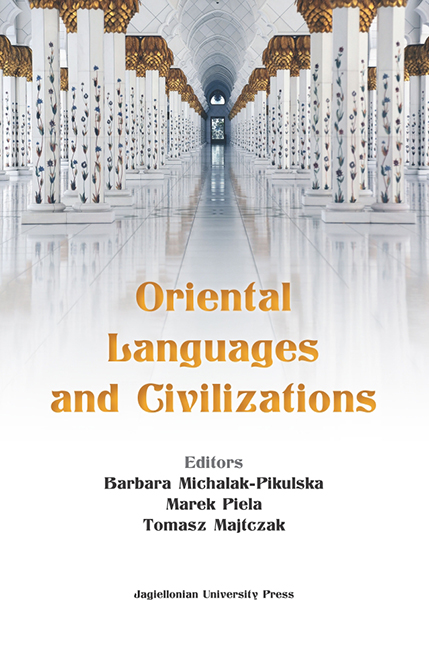The authorship of the Chāndogyopaniṣad-Bhāṣya. Astylometric approach
Published online by Cambridge University Press: 06 November 2021
Summary
Abstract
This paper discusses the application of contemporaryauthorship verification methods to a Sanskrit text.An appropriate example through which to explicatethis issue is the commentary on the Chāndogya-Upaniṣad, which istraditionally attributed to Śaṅkara. This paper isfocused on a stylometric authorship verificationmethod, the recently introduced General Impostersframework. First, two ways of preparing Sanskrittexts are described; one is the time-consumingmanual separation of words and resolving sandhi, and the other is theautomatic segmentation of the text into 3-grams. Thepaper reports that word segmentation yields betterresults than 3-grams in the case of texts withconfirmed authorship. In the next step, the GIprocedure applied to the Chāndogya-Upaniṣad-Bhāṣya itselfconfirms Śaṅkara's authorship.
Keywords: authorship verification, stylometry,Imposters, Śaṅkara, Advaita, n-grams
Introduction
The Chāndogya-Upaniṣad-Bhāṣya (=ChUBh) is acommentary on the Chāndogya-Upaniṣad (=ChU), which is traditionallyconsidered to be the work of the famous Indianphilosopher Śaṅkara (8th century). Theauthenticity of ChUBh has not been explored usingmodern standards, and the attribution to Śaṅkara hasnever even been questioned (Potter, 1981, p. 255).Monastic tradition and manuscript colophonsunivocally attribute the work to Śaṅkara. However,as far as the author of the current paper is aware,there has been no independent confirmation that thework was composed by Śaṅkara, the author of thecelebrated Brahma-Sūtra-Bhāṣya (=BSBh). The problemwith the traditional attribution is that a vastnumber of works are attributed to Śaṅkara. Accordingto Belvalkar (1929, p. 217), roughly 400 works areattributed to him in manuscript colophons. The mostserious attempt to determine a method by which toverify Śaṅkara's authorship was undertaken by PaulHacker, who proposed two methods. The first of these(Hacker, 1978 [1947]) is an analysis of manuscriptcolophons, according to which those manuscriptsbearing the title bhagavat(-pūjya[-pāda]) in the colophons should beconsidered genuine, while manuscripts ascribed toŚaṅkara-ācārya inthe colophons are spurious or more recent works(Hacker, 1978 [1947], pp. 44–46). According to thismethod, ChUBh should be considered genuine becauseŚaṅkara is referred to as bhagavat in the colophons of allmanuscript catalogues examined by Hacker.
- Type
- Chapter
- Information
- Oriental Languages and Civilizations , pp. 103 - 116Publisher: Jagiellonian University PressPrint publication year: 2022

